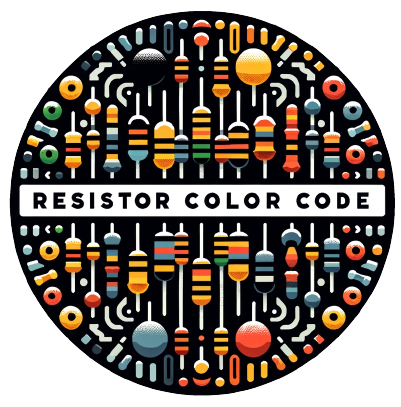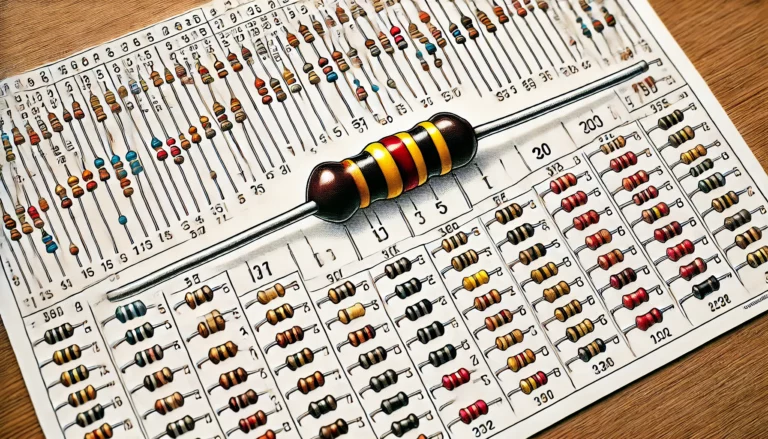Decode with Ease: Master Resistor Color Codes in Minutes!
Navigating the world of electronics can be daunting, especially when faced with the tiny, colorful bands that wrap around resistors. These bands aren’t just for show; they’re a code, a language that, once understood, can unlock a world of potential in electronics. Welcome to “Decode with Ease: Master Resistor Color Codes in Minutes!”—your ultimate guide to reading resistors like a seasoned pro.

Understanding Resistor Color Codes
Resistors are fundamental components in electronic circuits, controlling the flow of electricity. The color bands on each resistor represent numbers, which in turn tell us the resistor’s value. This guide will simplify these codes, breaking down the meaning behind each color and how to translate them into resistance values.
The Basics: 4-Band Color Codes
Most resistors you’ll encounter will have four bands. The first two bands give you the resistor’s value, the third band is the multiplier, and the fourth band represents the tolerance. We’ll start with these, teaching you how to quickly identify and understand the significance of each color.
Expanding Your Knowledge: 5-Band and 6-Band Codes
As you grow more confident, we’ll delve into the more precise 5-band and 6-band resistors. These are used in applications where accuracy is key, and understanding them can elevate your electronics work from hobbyist to professional.
Step-by-Step: How to Read Resistor Color Codes
Our guide includes easy-to-follow steps, ensuring you can read any resistor you come across. We’ll provide tips and tricks to help you remember the color codes, making the process second nature.
Common Mistakes and How to Avoid Them
Mistakes are part of learning, but we’ll help you minimize them. This section highlights common errors when reading resistor color codes and offers advice on how to avoid them, ensuring accuracy in your projects.
Practical Applications: Putting Knowledge into Action
Understanding theory is one thing, but applying knowledge is where the real learning happens. We’ll explore practical applications of resistor color codes in various electronics projects, helping you see the real-world value of this essential skill.
Conclusion
With “Decode with Ease: Master Resistor Color Codes in Minutes!”, you’re not just learning to identify resistor values; you’re unlocking a fundamental skill in electronics. This guide is designed to take you from novice to knowledgeable, ensuring you can approach your next project with confidence.




